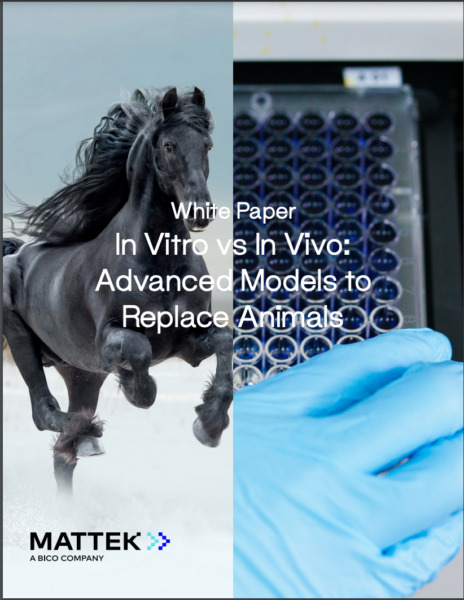Animal models have been essential for pharmaceutical, small molecule, chemical, and cosmetic development given the inability to test new products directly on humans. However, continued data demonstrates that results from animal studies do not always translate to humans, often resulting in the failure and removal of compounds with limited efficacy or safety concerns during clinical trials or following market release. Research demonstrates the limited translation between models is likely due to the complexity of human physiology which is not fully recapitulated by animal models due to differences in genetic, molecular, immunologic, and cellular responses. Therefore, improved human-relevant models are necessary to truly predict the safety and efficacy of new products prior to market release. This review summarizes current regulatory shifts in the in vivo field to in vitro alternative methods.
Get the latest
Get MatTek offers and updates delivered to your inbox.



